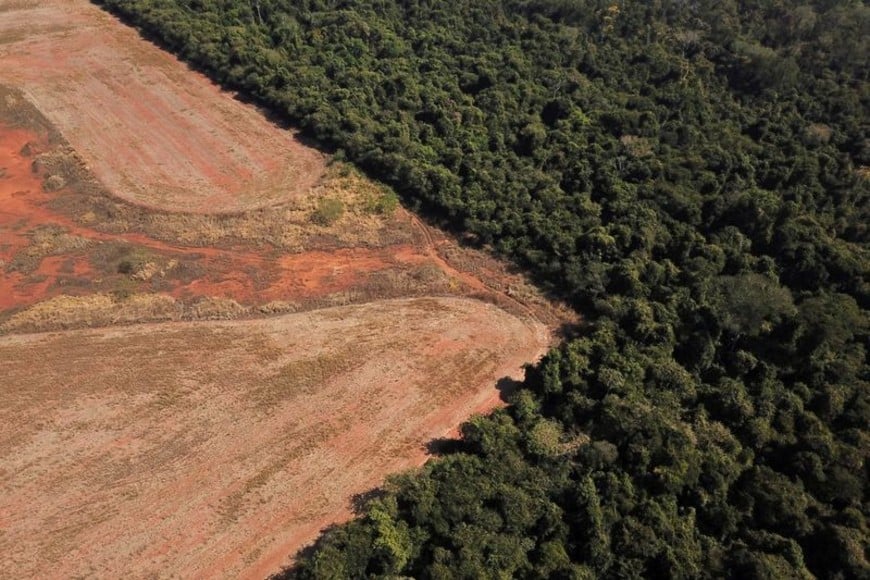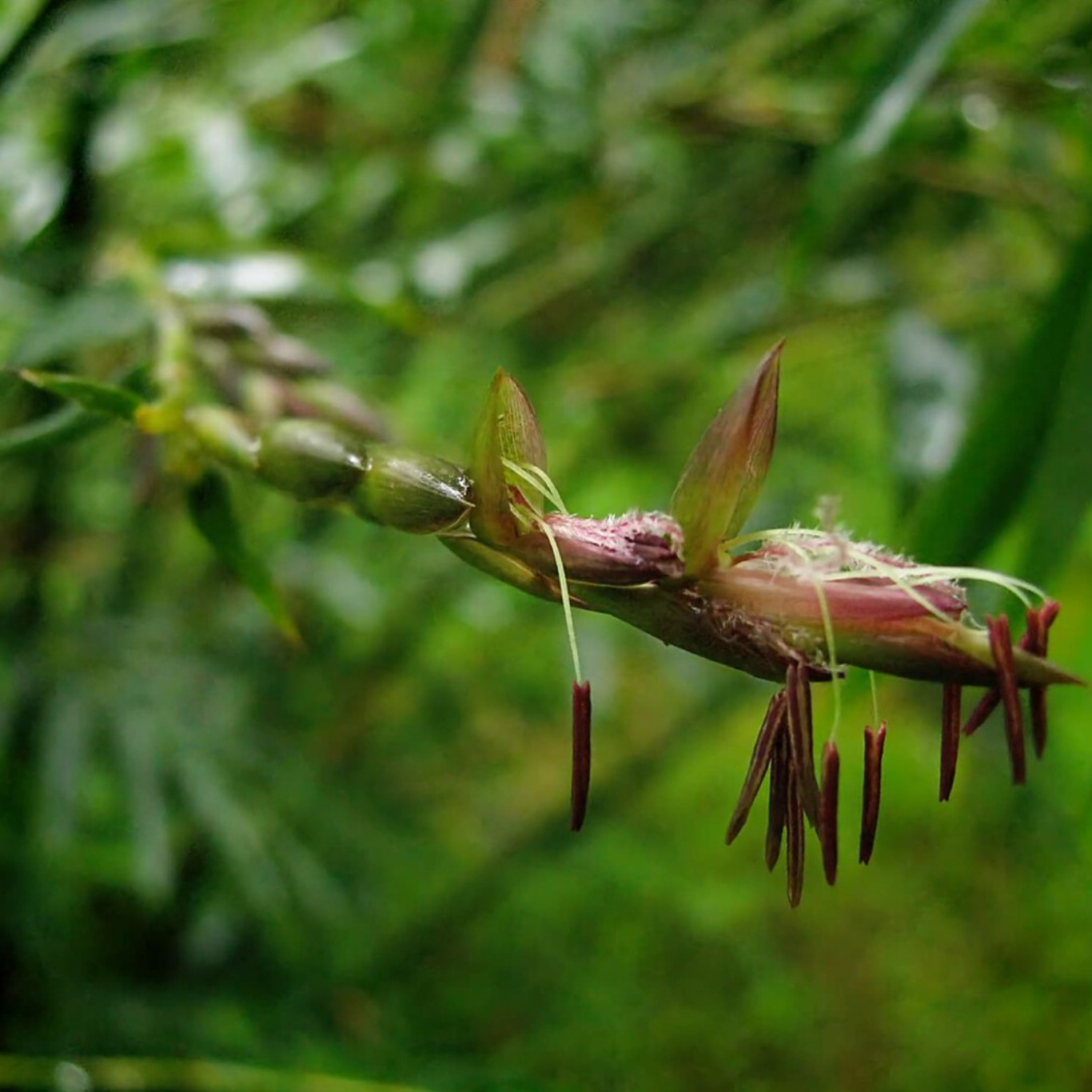
Amazon deforestation in Brazil fell to historic levels
Currently, the decrease is 50%. The goal is to definitively end logging by 2030.
Deforestation in Brazil's Amazon rainforest saw a significant reduction in 2023, falling by half compared to the previous year and reaching its lowest level since 2018, according to government data revealed on Friday. This marks a major victory for President Lula Da Silva in his first year in office.
Lula focused his international reputation on fighting deforestation in the South American country, pledging to end illegal logging by 2030. Under his predecessor, Jair Bolsonaro, destruction in the world's largest rainforest accelerated considerably.
According to preliminary satellite data provided by the space research agency INPE, an area of 5,153 square kilometers in the Amazon was logged in 2023, representing a drop of 49.9 percent compared to 2022.
Although this figure is still considerable, equivalent to more than six times the size of New York City, it highlights the challenges Lula faces in fulfilling his commitment. However, it is the lowest level since 2018, the year before the start of Bolsonaro's mandate.
In December alone, deforestation saw a 23 percent year-on-year decline, reaching 176.8 square kilometers, according to INPE data.
The Environment Ministry attributed these positive results to "decisive" inspection efforts by environmental watchdog Ibama, highlighting a 106 percent increase in the number of infringement notices issued by the agency during the period.
In a statement posted on social media, the ministry said: "This is the first step to achieving the goal of zero deforestation by 2030."

IT MAY INTEREST YOU
 This is the wood that will conquer your home: beauty, resistance and sustainability in a single material
This is the wood that will conquer your home: beauty, resistance and sustainability in a single material
Acacia wood is valued by its durability, natural beauty, easy maintenance and sustainability, which makes it an ideal choice for furniture and decoration, both interior and exterior.
 San Vicente celebrates the 39th edition of the National Wood Festival with outstanding artists
San Vicente celebrates the 39th edition of the National Wood Festival with outstanding artists
It will be from October 31 to November 3.
 After 120 years of growth, a Japanese bamboo has just flourished. And that is a problem
After 120 years of growth, a Japanese bamboo has just flourished. And that is a problem
Phyllostachys nigra var. Henonis is the scientific name of this curious plant who goes for a walk through the countryside or through the parks of his city can still find numerous flower plants, while many others are already paying off. Many of the plants around us bloom, bear fruit and repeat this part of their reproductive cycle the following year. Others take a little longer





















